Debug Draw Modes for lighting
The SceneA Scene contains the environments and menus of your game. Think of each unique Scene file as a unique level. In each Scene, you place your environments, obstacles, and decorations, essentially designing and building your game in pieces. More info
See in Glossary view has several Debug Draw Modes to help you understand and debug the lighting in your scene.
Use the Scene view View Options toolbar to select a Debug Draw Mode.
If you use the Universal Rendering Pipeline or the High Definition Render PipelineA series of operations that take the contents of a Scene, and displays them on a screen. Unity lets you choose from pre-built render pipelines, or write your own. More info
See in Glossary, not all the modes appear. You can use the Rendering Debugger window to debug lighting in these pipelines.
Lighting
Contributors / Receivers
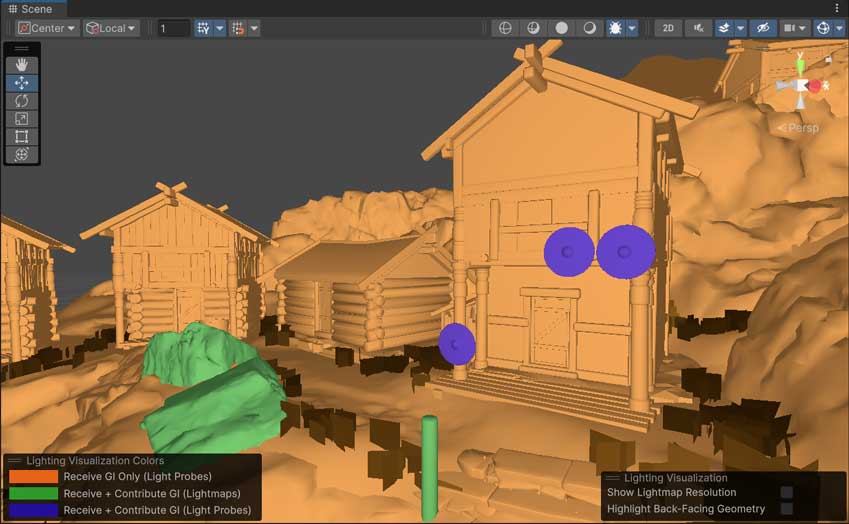
The Contributors / Receivers mode displays the following colors depending on whether objects contribute to and receive global illuminationA group of techniques that model both direct and indirect lighting to provide realistic lighting results.
See in Glossary:
- Orange means the object doesn’t contribute to global illumination. To change this, use the Contribute GI flag in the object’s Static Editor Flags property.
- Green means the object receives global illumination from lightmapsA pre-rendered texture that contains the effects of light sources on static objects in the scene. Lightmaps are overlaid on top of scene geometry to create the effect of lighting. More info
See in Glossary. To change this, use the Receive Global Illumination setting in the object’s Mesh Renderer component. - Blue means the object receives global illumination from Light ProbesLight probes store information about how light passes through space in your scene. A collection of light probes arranged within a given space can improve lighting on moving objects and static LOD scenery within that space. More info
See in Glossary. To change this, use the Receive Global Illumination setting in the object’s Mesh Renderer component.
Use the Preferences window to customize the colors.
Shadow Cascades
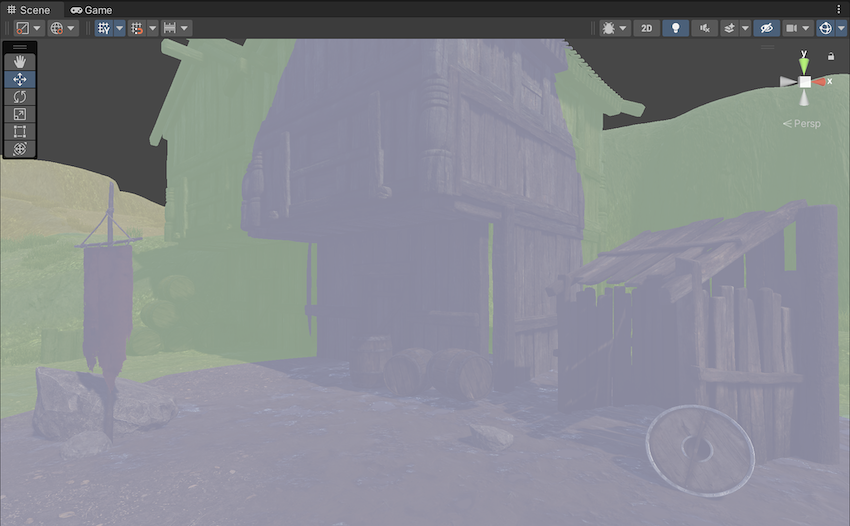
The Shadow Cascades mode displays a different color for each shadow cascade. The colors match the shadow cascade colors in the Shadows section of the Quality Settings window.
You can use this mode to help you adjust the shadow distance, cascade count and cascade shadow splits.
This mode uses the Scene viewAn interactive view into the world you are creating. You use the Scene View to select and position scenery, characters, cameras, lights, and all other types of Game Object. More info
See in Glossary far plane instead of the shadow distance. You might need to reduce the shadow distance if you want to match the in-game behavior of a cameraA component which creates an image of a particular viewpoint in your scene. The output is either drawn to the screen or captured as a texture. More info
See in Glossary with a small far plane distance.
Global Illumination
The following modes are enabled when you use Enlighten Realtime Global Illumination or Baked Global Illumination.
Indirect (Realtime Global Illumination only)
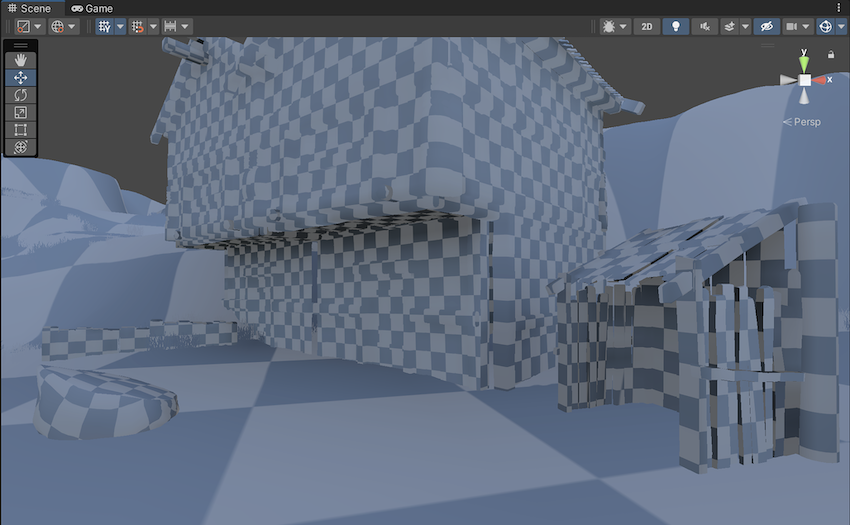
The Indirect mode displays the realtime lightmaps generated by EnlightenA lighting system by Geomerics used in Unity for Enlighten Realtime Global Illumination. More info
See in Glossary Realtime Global Illumination.
Directionality
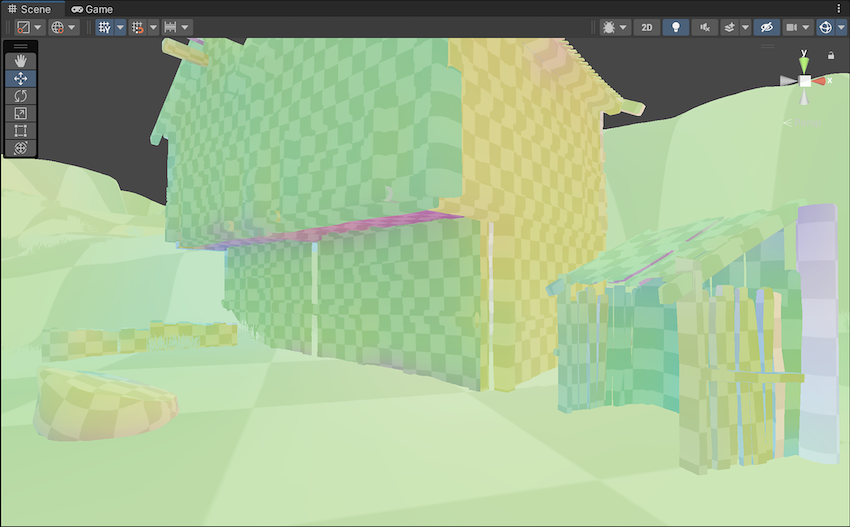
The Directionality mode displays the dominant light direction as a color. Refer to Directional Mode for more information.
Albedo
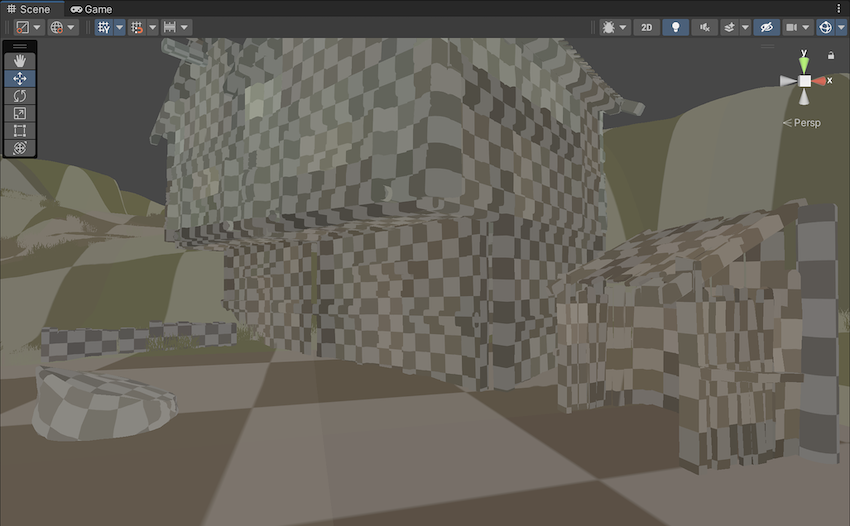
The Albedo mode displays the albedo color of materials.
Emissive

The Emissive mode displays the emissive color of emissive materials.
UV Charts

The UV Charts mode displays a different color for each UV chart (also known as a UV island).
You can use this mode to check how lightmaps scale onto geometry. Change the scale using settings such as Resolution in the Lightmap Parameters Asset, or the Scale in Lightmap property of individual renderers.
Systems (Realtime Global Illumination only)
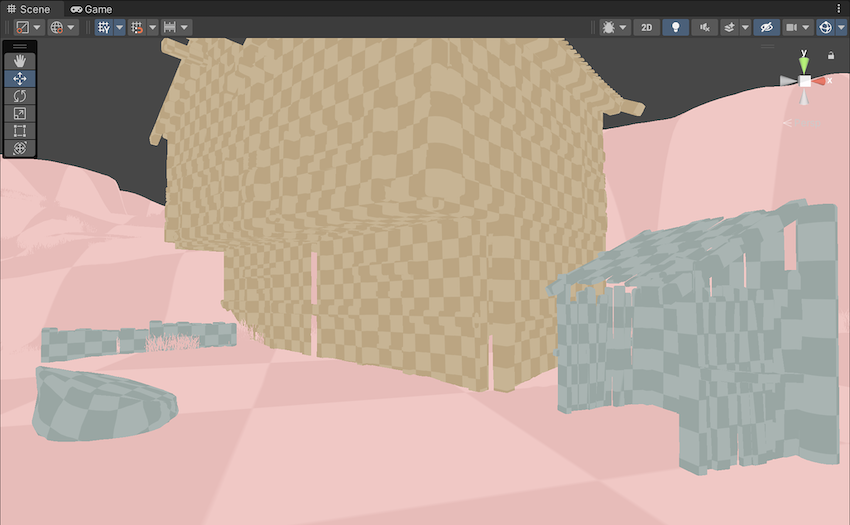
The Systems mode displays a different color for each group of clusters (systems) that Enlighten Realtime Global Illumination creates to generate realtime lightmaps.
Refer to How Enlighten Realtime Global Illumination works for more information.
Clustering (Realtime Global Illumination only)

The Clustering mode displays a different color for each cluster Enlighten Realtime Global Illumination creates to generate realtime lightmaps.
Large scenes might generate more clusters than Unity can store in memory. To reduce the number of clusters, use the Cluster Resolution setting in the Lightmap Parameters Asset to adjust the ratio of clusters to geometry.
Refer to How Enlighten Realtime Global Illumination works for more information.
Lit Clustering (Realtime Global Illumination only)
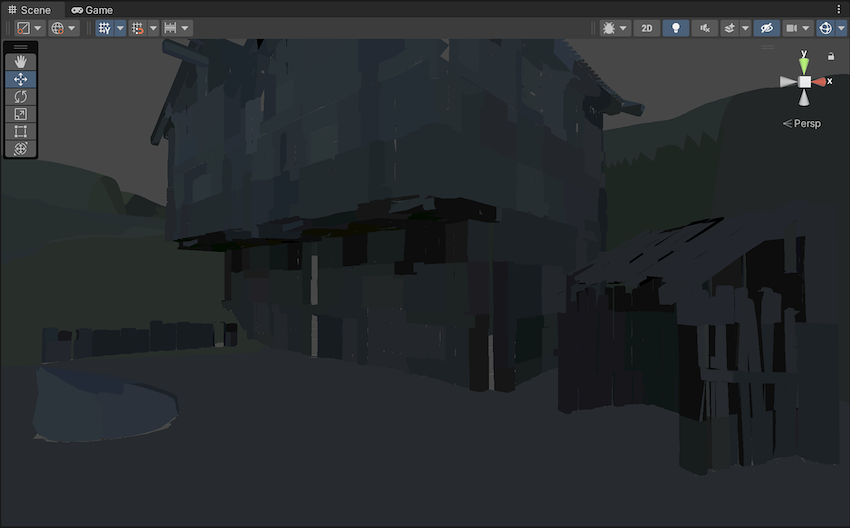
The Lit Clustering mode displays a different color for each cluster Enlighten Realtime Global Illumination creates to generate realtime lightmaps, and applies color from the realtime lightmaps.
Texel Validity (Baked Global Illumination only)
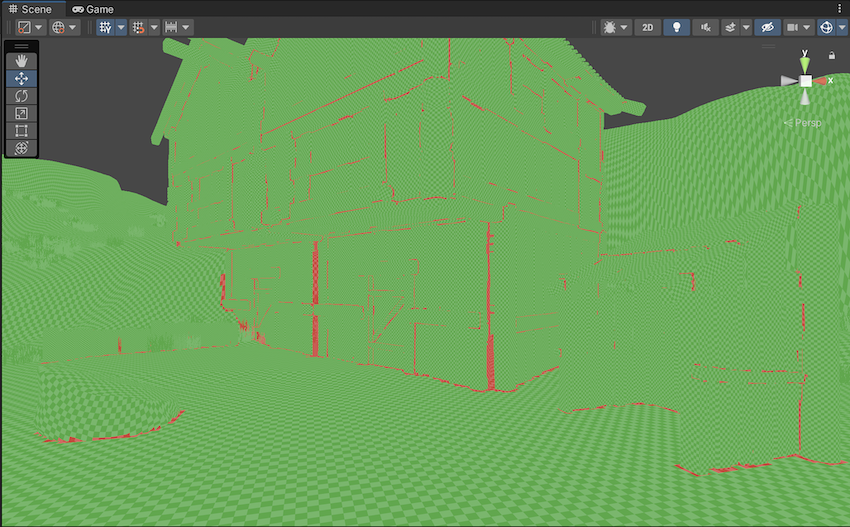
The Texel Validity mode displays red on a surface if the baked lightmap texel is invalid. Unity marks a texel as invalid when the lightmapping process emits rays from the surface and hits mostly backfaces. Unity tries to interpolate a color for an invalid texel by looking at neighboring valid texels.
To adjust the threshold for marking texels as invalid, use the Backface Tolerance setting in the Lightmap Parameters Asset.
UV Overlap (Baked Global Illumination only)
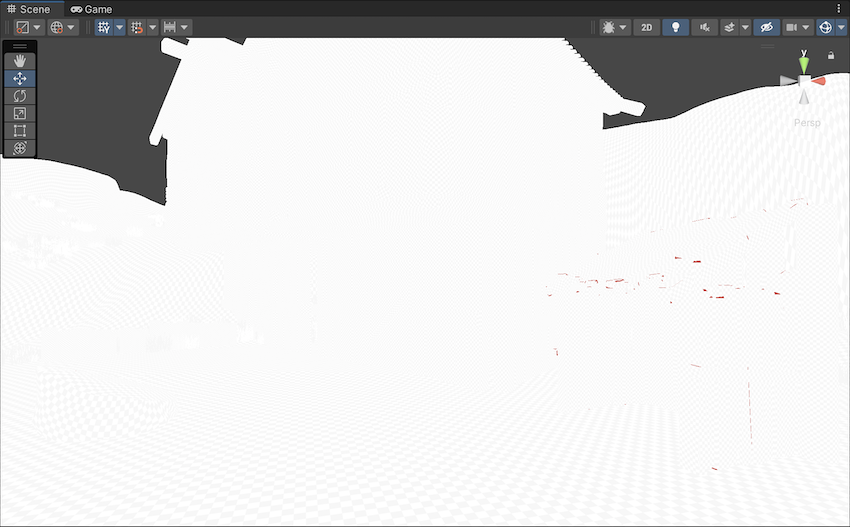
The UV Overlap mode displays red if a baked lightmap texel is too close to a texel in another lightmap chart, which might cause aliasing, pixelation and other issues. Refer to Fixing lightmap UV overlap for more information.
Lightmap indices (Baked Global Illumination only)
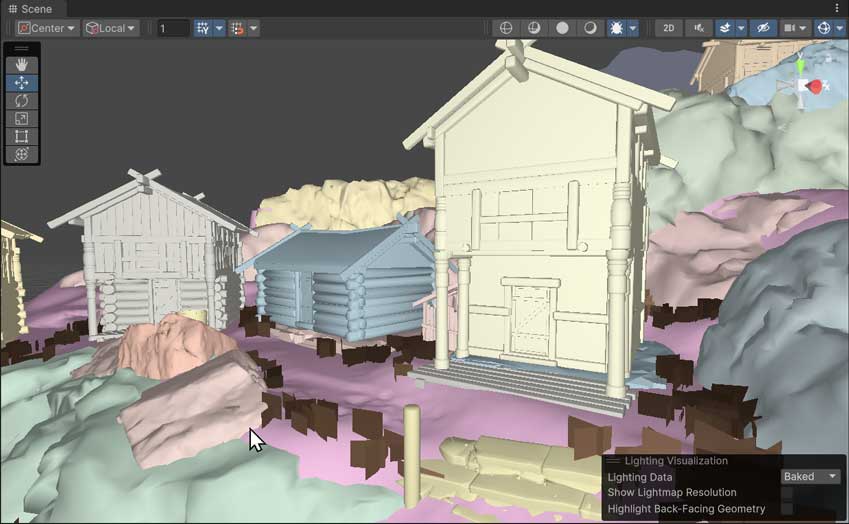
The Lightmap indices mode displays a different color for each baked lightmap.
Light Overlap (Baked Global Illumination only)
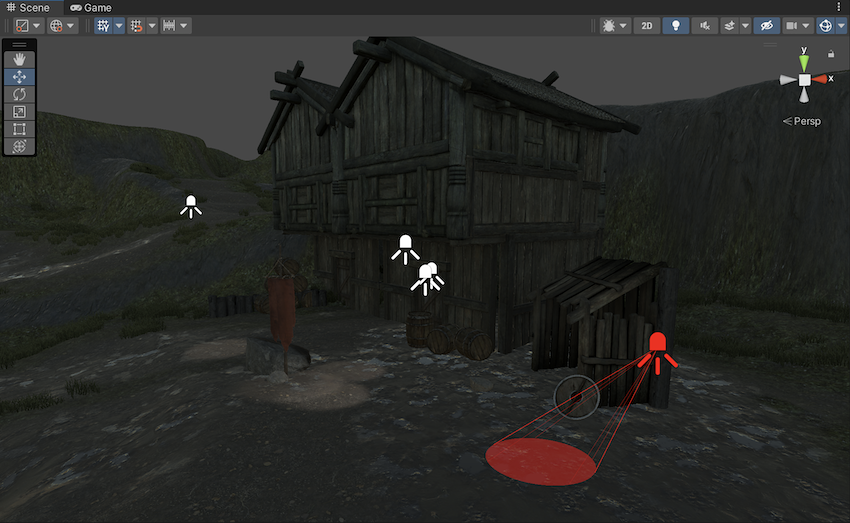
If you use the Shadowmask Lighting Mode, the Light Overlap mode displays a light volume as red if the light doesn’t contribute to the baked shadow mask textures. This means there are more than 4 light volumes that overlap, so the highlighted light has to fall back to fully baked. Refer to Light Mode: Shadowmask for more information.
Baked Lightmap (Baked Global Illumination only)
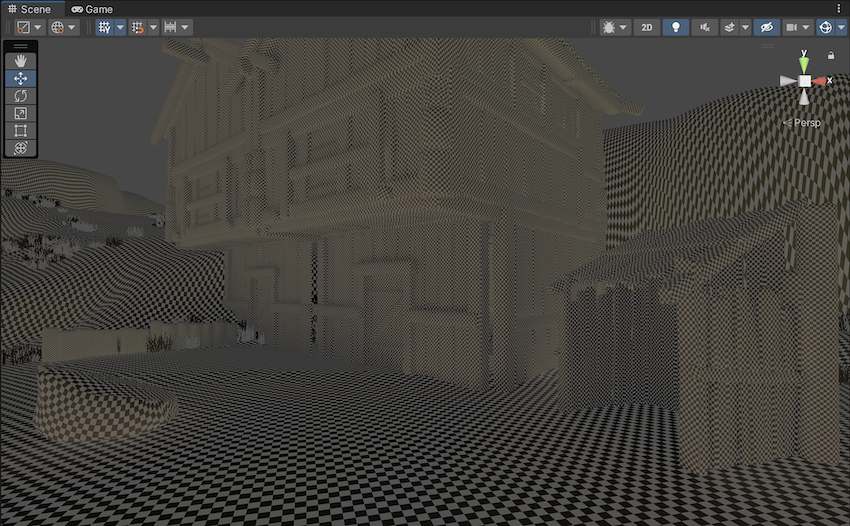
The Baked Lightmap mode displays the lightmaps generated by Baked Global Illumination.
Shadowmask (Baked Global Illumination only)
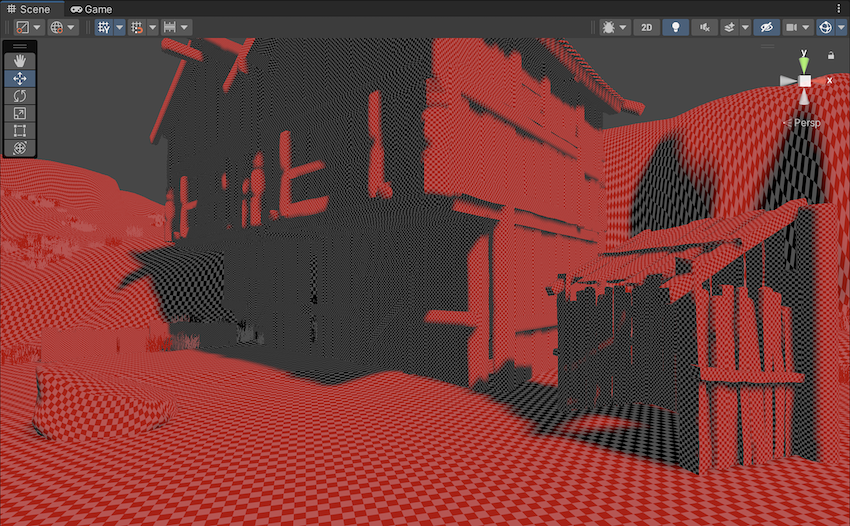
If you use the Shadowmask Lighting Mode, the ShadowmaskA Texture that shares the same UV layout and resolution with its corresponding lightmap. More info
See in Glossary mode displays the baked shadow mask textures. Refer to Light Mode: Shadowmask for more information.
Lighting Visualization overlay reference
The properties in the Lighting Visualization overlay depend on the Debug Draw Mode you select.
| Property | Value | Description |
|---|---|---|
| Lighting Data | Select whether Unity uses the current baked lightmaps in the Debug Draw Mode, or temporary lightmaps that Unity rebakes when you update the scene. Refer to Preview lightmapping for more information. | |
| Baked | Use the current baked lightmaps. | |
| Preview | Use temporary lightmaps that Unity rebakes when you update the scene. | |
| Show Lightmap Resolution | Use a checkerboard pattern to display the resolution of lightmaps. Each check is one pixelThe smallest unit in a computer image. Pixel size depends on your screen resolution. Pixel lighting is calculated at every screen pixel. More info See in Glossary in a lightmap. |
|
| Highlight Back-Facing Geometry | Display back-facing geometry as purple. Use the Preferences window to change the color. | |
| Adjust Lightmap Exposure | Raise or lower the brightness of the lightmap colors, to help make the range of colors more visible. The default value is 0. | |
Additional resources
- Lightmapping troubleshooting guide on the Unity Forums.